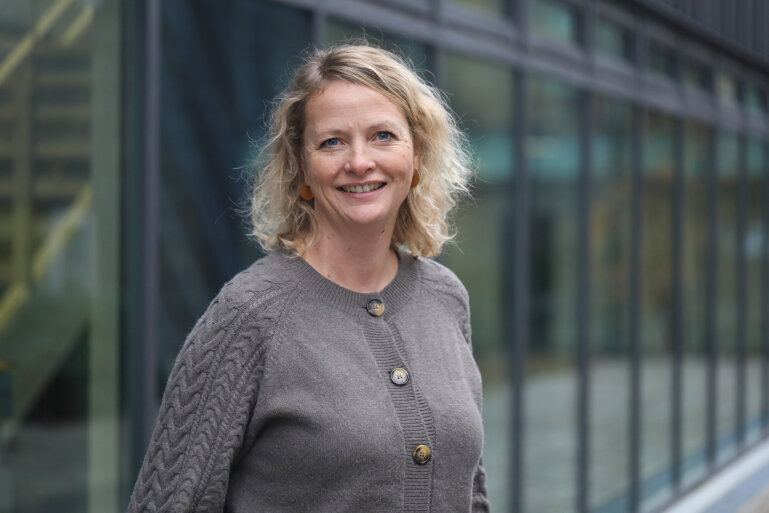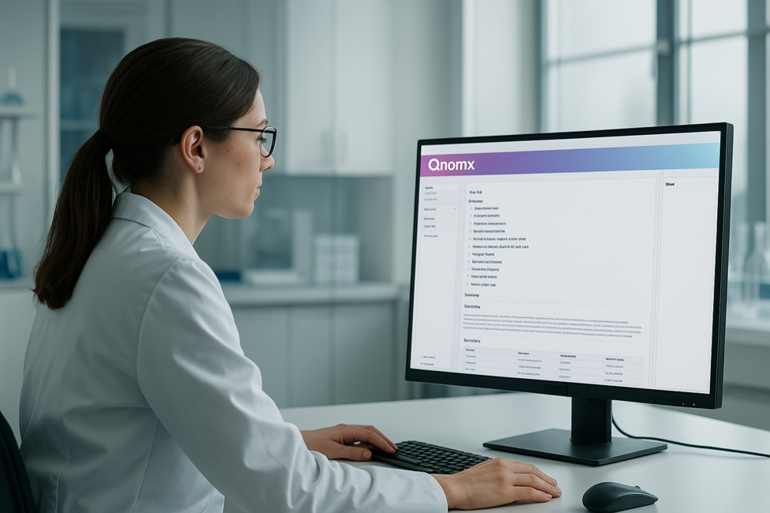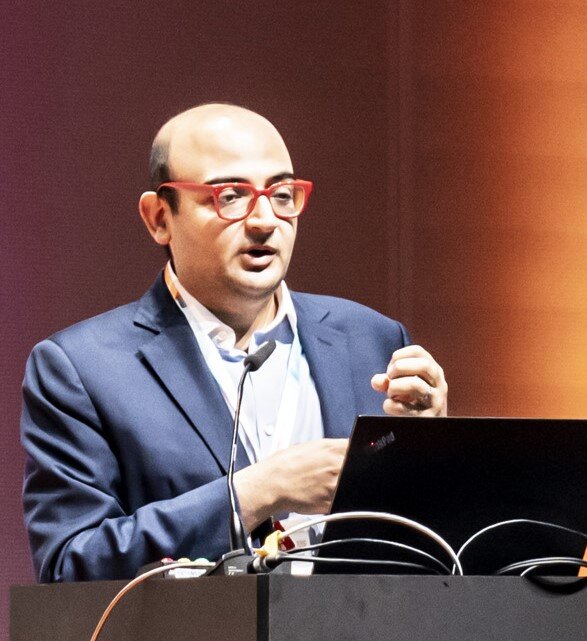While AI tools have shown promise in reducing false positives and aiding radiologists, large prospective trials are now exploring how technology should be integrated in screening programmes
In February 2025, the UK Department of Health and Social Care announced the start of patient recruitment in the EDITH trial (Early Detection using Information Technology in Health), a £11 million clinical trial, supported by governmental funds via the National Institute for Health and Care Research (NIHR), to make routine breast cancer screening driven by artificial intelligence (AI). By involving 700,000 women across 30 testing sites across the country, the UK trial is seeking answers on what AI’s optimal role in breast cancer screening workflows is. Similar prospective studies comparing standard double reading of mammograms — i.e., two radiologists independently interpreting an image compared to single reading as per current recommendations (European quality assurance scheme for breast cancer services) — to single reading combined with the use of AI algorithms were conducted in Europe (Lancet Digit Health. 2023 Oct;5(10):e703-e711 ; Lancet Oncol. 2023 Aug;24(8):936-944) and worldwide (Nat Commun. 2025 Mar 6;16(1):2248), corroborating previous findings from retrospective research that AI-based strategies are at least non-inferior to conventional human-driven approaches. The UK trial takes a further step forward. “Unlike previous studies that typically focused on a single AI system, the study will assess multiple platforms and evaluate how they perform across different vendors of mammography equipment,” explains Dr. Suzette Delaloge , Gustave Roussy, Villejuif, France and Chair of the ESMO Early Detection and Prevention of Cancer Task Force. “That compatibility is crucial for widespread adoption of AI in screening programmes.” If successful, she believes, the UK trial could be a unifying force in a field currently marked by fragmented evidence, different tools and modalities, although it will not entirely close existing knowledge gaps.
The uncertain place of AI in screening
While mammography remains the cornerstone of population-based breast cancer screening, it is not without limitations. False positives can lead to stressful and invasive follow-ups for women undergoing testing, while dense breast tissue and subtle signs of cancer can result in false negatives. Studies estimate that 20–33% of breast cancers are missed during routine screening and detected only later, often between screening intervals (JAMA Netw Open. 2020 Jun 1;3(6):e207227). That is where AI enters the picture. AI-based computer-assisted detection tools have shown early promise in identifying suspicious findings on mammograms and supporting radiologists in their routine tasks (Eur J Radiol. 2023 Oct:167:111087). But the big question is how exactly AI should be integrated in the screening process: should it act as a second reader, thus replacing the work of half of radiologists currently involved in reading mammography, or serve as a triage tool to flag suspicious cases before human review? “We often focus on second reading as the area where AI offers the highest value, but it has not been formally demonstrated yet, and this is where findings from the UK study will shed some light,” Delaloge adds. “However, we may benefit from using the technology upfront, for example to identify women at higher risk of developing breast cancer to offer them a tailored approach.” The Stockholm Mammography Risk Stratified Trial (SMART), a large-scale trial started in Sweden in 2024 and expecting to involve 70,000 participants, is moving toward the direction of a personalised breast cancer screening by testing a new, individualised, imaging-based AI screening model. Mammography results and additional assessment data will be analysed by an AI algorithm (the Profound AI Risk Model) which will determine each woman’s risk of developing breast cancer in the next two years. Of those at the highest risk of cancer, some will receive personalised screening while others will continue to follow standard controls every two years as per the current recommendations in the country. “This is a quite innovative trial, still in its early stages, and its results may lead to adjustments or changes in the way screening strategies are planned,” comments Delaloge.
An opportunity to boost screening uptake
Despite solid evidence that associates mammography screening to a reduction in breast cancer mortality (J Cancer Res Clin Oncol. 2025 Mar 6;151(3):102), the average participation rate in breast cancer screening programmes in the European Union is far from being optimal: in 2022 , it was approximately 56%, with considerable discrepancies between countries. “For instance, in countries like France the uptake is below 50%. This is a serious issue, as even the most advanced screening programme is ineffective if the majority of women do not take part,” highlights Delaloge. While AI is emerging as a valuable tool for healthcare systems and professionals to improve screening quality, ensure consistency, and better allocate resources through smarter triage and targeting, its ability to reduce false positive rates and unnecessary follow-ups may also help build confidence in the accuracy of recommended testing among the population. “While AI may not directly solve this problem, it could help indirectly. Interestingly, the appeal of something new and innovative like AI-driven screening might attract more women. It feels different from traditional mammography, which has been around for decades and is based on data from trials conducted in the 1980s,” she concludes. “This fresh, modern approach could help re-engage women who have become disengaged from conventional screening.”
AI & Digital Oncology: Resources in one place
Looking for further insights into how artificial intelligence and digital tools are impacting oncology? The ESMO AI & Digital Oncology Hub brings together expert perspectives, research updates, and thought leadership from across oncology.
It is a space where you can stay informed, discover resources, and follow the conversation on digital innovation in cancer research and treatment.
To further explore the transformative potential of AI in oncology, the very first ESMO AI and Digital Oncology Congress 2025, taking place from 12 to 14 November, will provide a dedicated platform focused on the latest advances in AI and digital technologies in cancer care.






